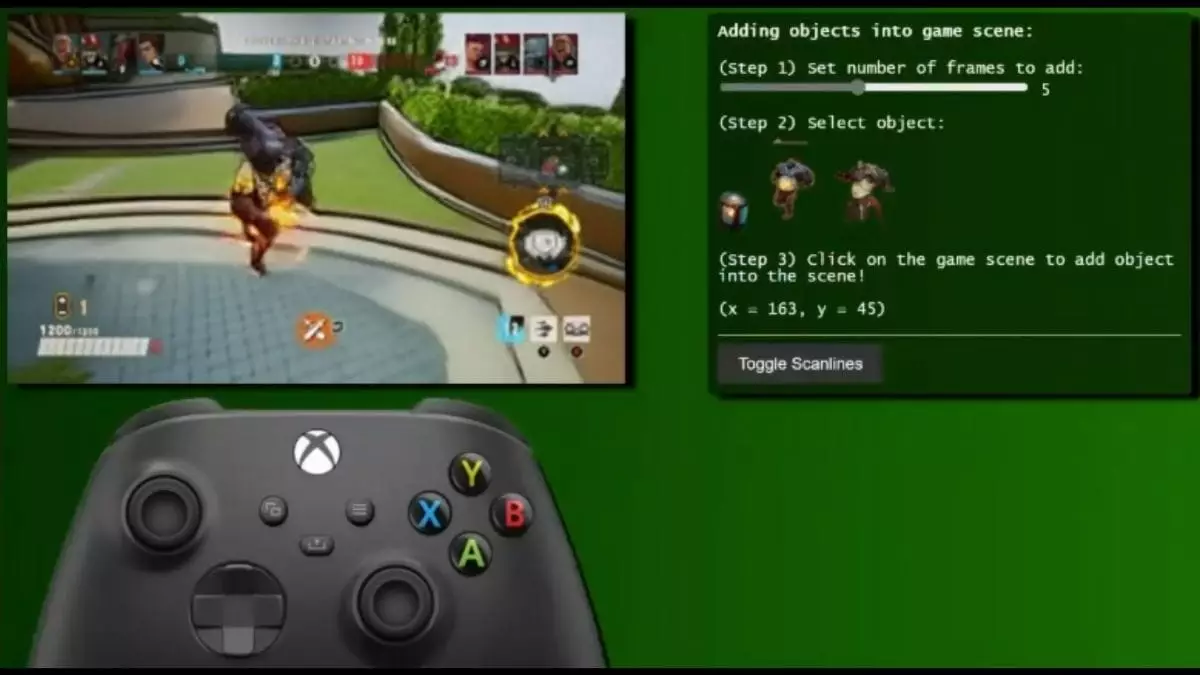In the ever-evolving world of gaming, Microsoft recently made waves with the unveiling of an interactive, AI-driven version of the classic Quake II. This historic 1997 first-person shooter has been reborn through the innovative lens of artificial intelligence, showcasing the tech giant’s ambitious aim to redefine how we engage with digital realms. By harnessing their newly released Muse AI models alongside the World and Human Action Mask Generative Image Transformer (WHAMM), the Redmond-based behemoth is planting its flag firmly in the territory of AI-generated content. But while the excitement of groundbreaking technology is palpable, the reality behind this leap forward is anything but flawless.
Ambitious Innovation Meets Harsh Reality
There’s no doubt that mixed reactions to AI-generated gameplay are inevitable. Microsoft has opened the doors to what can be seen as a mesmerizing blending of human creativity with computational forecasting. Yet, despite the admirable exploration into real-time world generation, the current state of the technology reveals considerable limitations. The gameplay mechanics might echo the original, but that nostalgia is dulled by the AI’s repeated mistakes, ranging from awkward enemy interactions to visual inconsistencies. Players are greeted with a unique array of experiences, but they quickly realize that many of these are marred by raw execution and unexpected glitches.
In its pursuit to recreate the exhilarating shooting action that defined Quake II, the new AI model struggles with its capacity to grasp the intricacies of human responsive gameplay. The nostalgic memories of smooth maneuvers and strategic engagements are interrupted by a digital awkwardness that feels foreign to seasoned gamers. It’s a jarring example of the gap that still exists between the enthralling capabilities of AI and the nuanced demands of video game design.
Capabilities and Limitations: The Paradox of WHAMM
WHAMM is billed as an evolution of earlier AI systems and boasts an enthralling frame generation rate—10 frames per second, to be precise. The promise of real-time gameplay is a tantalizing one, but a mere glance at the specifications uncovers its more profound dilemmas. The gameplay renders live interactions with a resolution of 640×360, a stark reminder that while the ambition to generate vivid environments is transformative, the execution often falls disappointingly short.
Moreover, the AI’s context window of 0.9 seconds introduces a frustrating dynamic: a player might turned away from ongoing action only to return and find themselves transported into uncharted territory, utterly detached from the battlefield they just occupied. This erratic behavior disrupts immersion and evokes an experience more aligned with a glitch-ridden demo than a polished game intended for serious play.
The Vision vs. The Experience
Microsoft’s experimentation with AI for gaming reflects a broader exploration within the tech community. The quest to develop AI systems capable of discerning, predicting, and replicating human behavior reveals a genuine effort to change the landscape of interactive entertainment. Nevertheless, while the ambition sparks interest, the practicality leaves much to be desired. In an industry where user experience reigns supreme, it’s disheartening to see such promising technology faltering under its own ambition.
The allure of an AI-generated Quake II has drawn attention, not just from gaming enthusiasts but from tech aficionados eager to witness the future of interactive mediums. The demonstration, now accessible through Copilot Labs, does offer a taste of what might await gamers down the line. Still, the limitations evident in the first iteration of WHAMM raise critical questions for developers and consumers alike.
Is it truly transformative when the technology struggles to maintain coherent gameplay? The frustrations experienced by players call into question the balance between innovation and functionality. When do the strengths of groundbreaking technology become overshadowed by its weaknesses?
As Microsoft strides boldly into the future with AI-driven gaming, it is clear that this is not a merely innovative leap; it’s an audacious venture full of potential yet riddled with challenges. The Quake II demo serves as a reflection of the broader struggle within the technological landscape, a dance between aspiration and reality that users navigate with a mix of wonder and caution. AI has the potential to change everything, but right now, it feels more like an exhilarating promise rather than a fully realized dream.

Leave a Reply